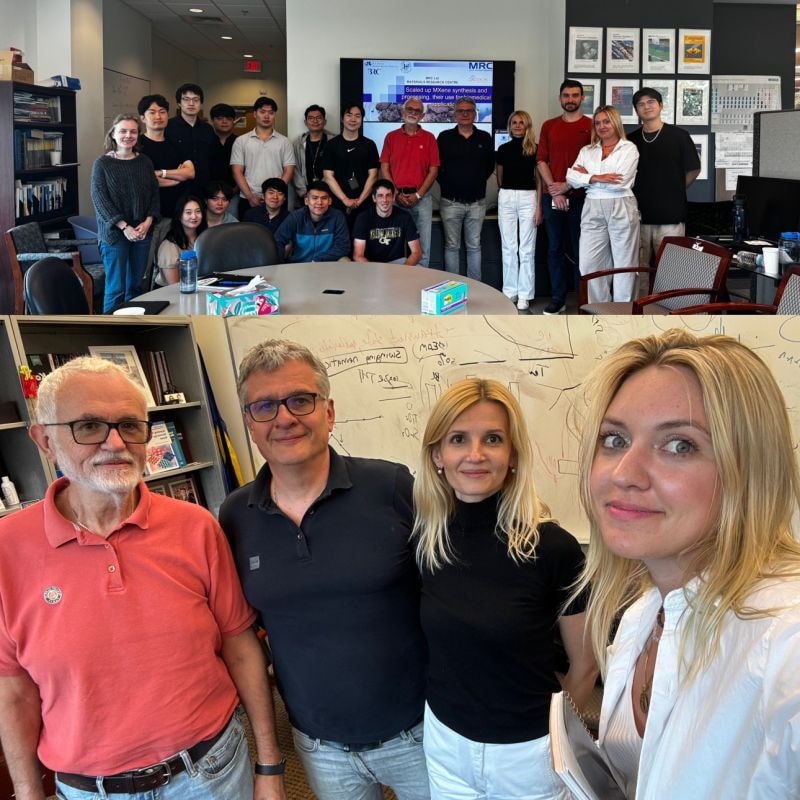MX-MAP Session, YUCOMAT Conference 2023
"Towards MXenes’ biomedical applications by high-dimensional immune MAPping", HORIZON-MSCA-2021-SE-01 project MX-MAP.
September 07, 2023, Herzeg-Novi, Montenegro
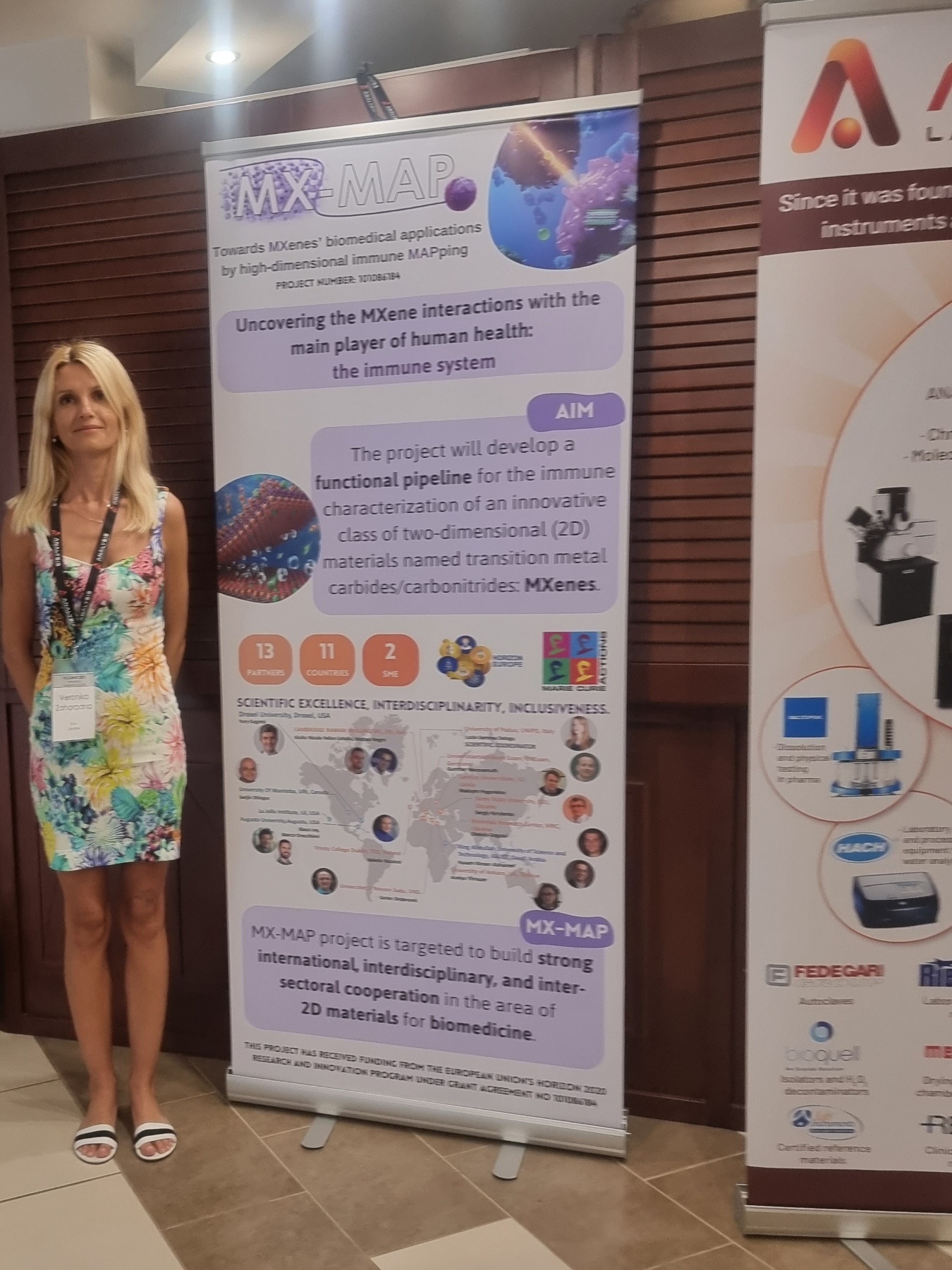
MX-MAP Session was held during the YUCOMAT Conference 2023 titled: "Towards MXenes’ biomedical applications by high-dimensional immune MAPping", HORIZON-MSCA-2021-SE-01 project MX-MAP.
MXenes are a new family of recently discovered 2D transition metal carbides, carbonitrides, and nitrides.
The immune characterisation of the new materials on the basis of their physical-chemical and immunological properties will open up perspectives for the development of new therapeutic applications of nanomaterials in tissue engineering, cancer therapy, as antibacterial agents, and as immunomodulators.
Funded by the Marie Skłodowska-Curie Actions programme, the MX-MAP project will develop key strategies for MXene medical applications.
The long-term goal of MX-MAP is to create a pipeline using new MXene nanomaterials for the qualitative and quantitative assessment of immunological compatibility in biomedical applications.
This international research/training programme aims to support the career development of young researchers with an interdisciplinary vision of science.
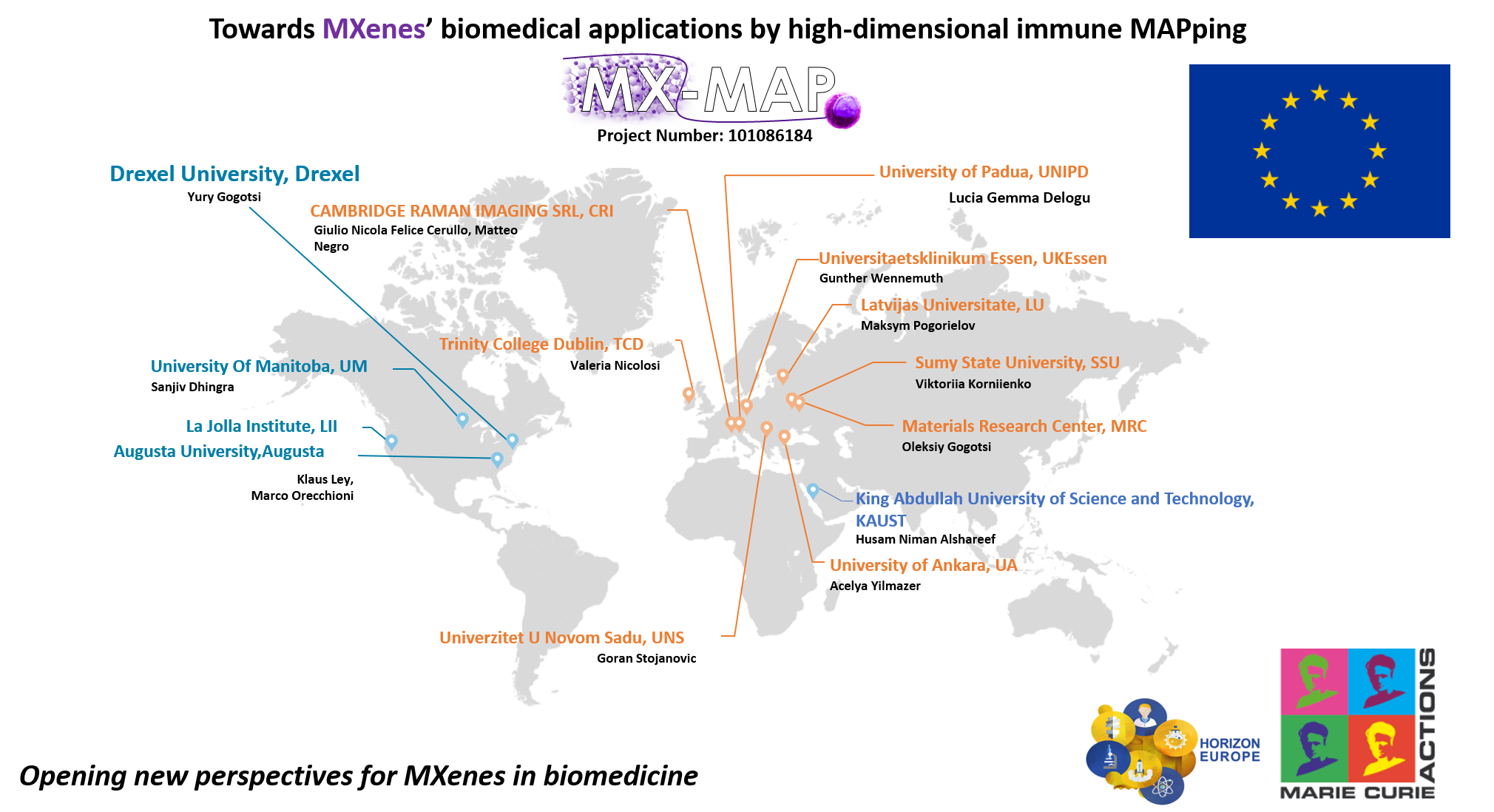
MX-MAP Session, Small Conference Hall 15.00-17.30
Chairpersons: Lucia Delogu, Maksym Pogorielov
Single-cell detection and biomedical applications of MXenes
Laura Fusco1,2,3, Arianna Gazzi1,4, Christopher Eugene Shuck2, Marco Orecchioni5, Acelya Yilmazer6, Yury Gogotsi2, Lucia Delogu1,7
1Department of Biomedical Science, University of Padua, Padua, Italy, 2A. J. Drexel Nanomaterials Institute and Department of Materials Science and Engineering, Drexel University, Philadelphia, PA, United States, 3Cancer Research Department, Sidra Medicine, Doha, Qatar, 4Department of Chemical and Pharmaceutical Sciences, University of Trieste, Trieste, Italy, 5La Jolla Institute for Allergy and Immunology, San Diego, USA, 6Department of Biomedical Engineering, Ankara University, Golbasi, Ankara, Turkey, 7New York University Abu Dhabi, Abu Dhabi, United Arab Emirates
Novel PCL-MXeneelectrospun membranes for conductive tissue regeneration
Kateryna Diedkova1,2, Alexander D. Pogrebnjak1, Sergiy Kyrylenko1, Pawel Zukowski3, Yevheniia Husak1,4, Wojciech Simka4, Viktoriia Korniienko1,2, Ivan Baginskiy5, Veronika Zahorodna5, Una Riekstina2, Oleksiy Gogotsi5, Yury Gogotsi1,6, Maksym Pogorielov1,2
1Sumy State University, Sumy, Ukraine; 2University of Latvia, Riga, Latvia; 3Lublin University of Technology, Lublin, Poland; 4Silesian University of Technology, Gliwice, Poland, 5Materials Research Center LTD, Kyiv, Ukraine; 6Drexel University, Philadelphia, USA
MXene-induced energy transfer
Carmen Lorena Manzanares1, Dahnan Spurling2, Alan Szalai1, Valeria Nicolosi2, Philip Tinnefeld1
1Department of Chemistry and Center for NanoScience, Ludwig-Maximilians University, Munich, Germany, 2School of Chemistry, Trinity College Dublin, Dublin, Ireland
Bubble printing of Ti3C2TX MXene for patterning conductive and plasmonic nanostructures
Marcel Herber1,2, Daniel Lengl1,2, Silvano R. Valandro1,2, Moritz Wehrmeister1, Eric H. Hill1,2
1Institute of Physical Chemistry, University of Hamburg, Hamburg, Germany, 2The Hamburg Center for Ultrafast Imaging (CUI), Hamburg, Germany
Rational design of Ti3C2Tx MXene coupled with hierarchical CoS for a flexible supercapattery
Mayank K. Singh, Dhirendra K. Rai
Sustainable Energy and Environmental Materials (SEEM) Lab, Department of Metallurgy Engineering and Materials Science (MEMS), Indian Institute of Technology Indore, Simrol, Khandwa Road, Indore, India
Genotoxicity of T3C2TxMXene demonstrated by DNA comet assay
Inna Chorna1, Zhanna Klishchova1, Anton Roshchupkin1, Ilya Yanko1, Ivan Baginskiy2, Veronika Zahorodna2, Iryna Roslyk2, Oleksiy Gogotsi2, Maksym Pogorielov1,3, Sergiy Kyrylenko1
1Sumy State University, Sumy, Ukraine, 2Materials Research Centre LTD, Kyiv, Ukraine, 3University of Latvia, Riga, Latvia
Investigation of covarine particle behavior in a microfluidic mixer with artificial saliva
Miroslav Đoćoš1, Marija Vejin1, Alessandro Luzio2, Elena Feltri2, Sanja Kojić1, Bojan Petrović3, Goran Stojanović1
1University of Novi Sad, Faculty of Technical Sciences, Novi Sad, Serbia, 2Center for Nano Science and TechnologyPoliMi Istituto Italiano di Tecnologia, Milan, Italy, 3University of Novi Sad, Faculty of Medicine, Novi Sad, Serbia
Scaled up MXene synthesis and processing for different applications
Oleksiy Gogotsi, Lingui Bi, Veronika Zahorodna, Iryna Roslyk, Ivan Baginskiy, Vitalii Balitskiy, Oksana Peschanska, Serhii Dukhnovskiy, Leonid Yaremenko, Yury Gogotsi
Materiasl Research Center, Kyiv, Ukraine
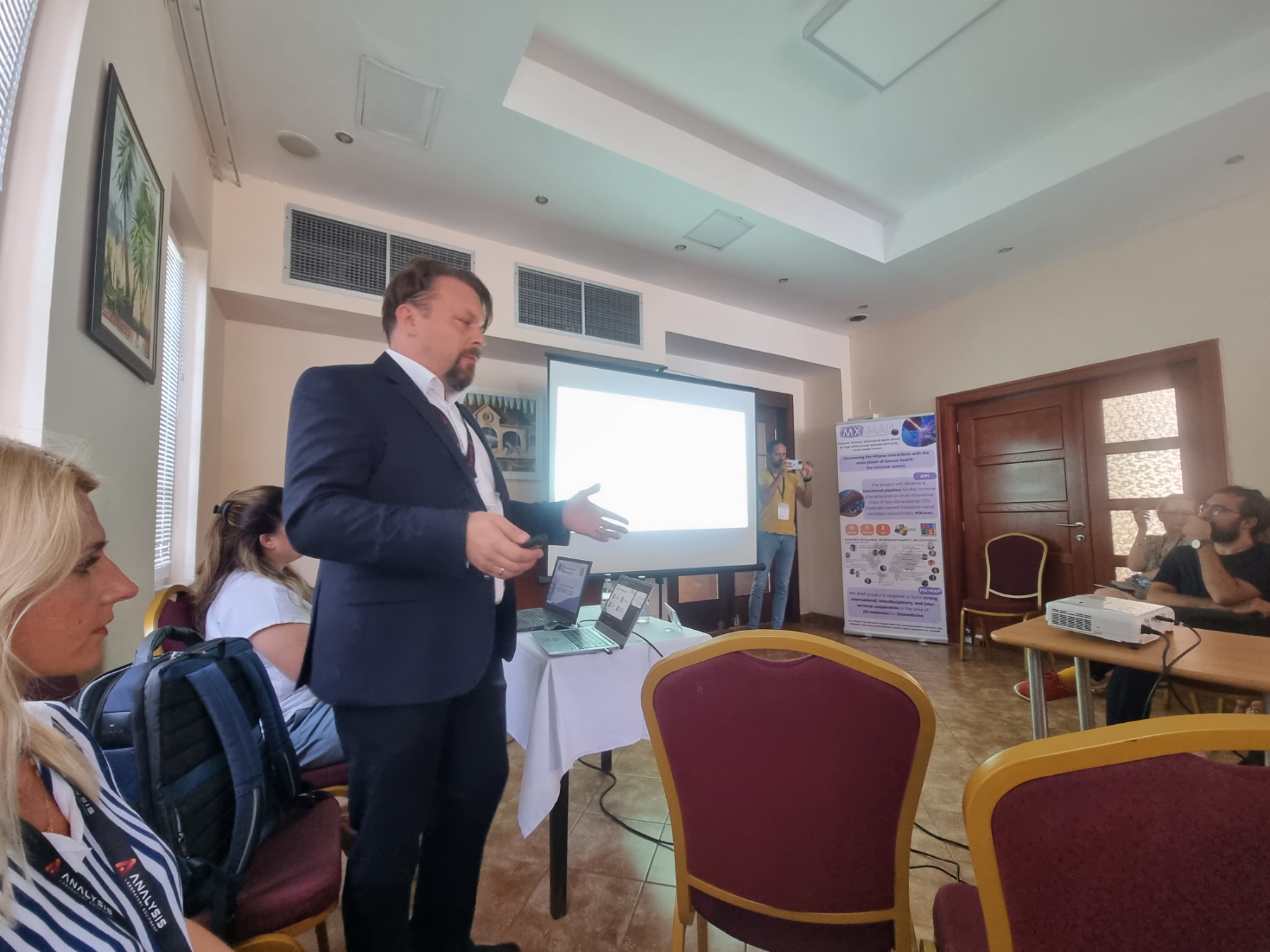
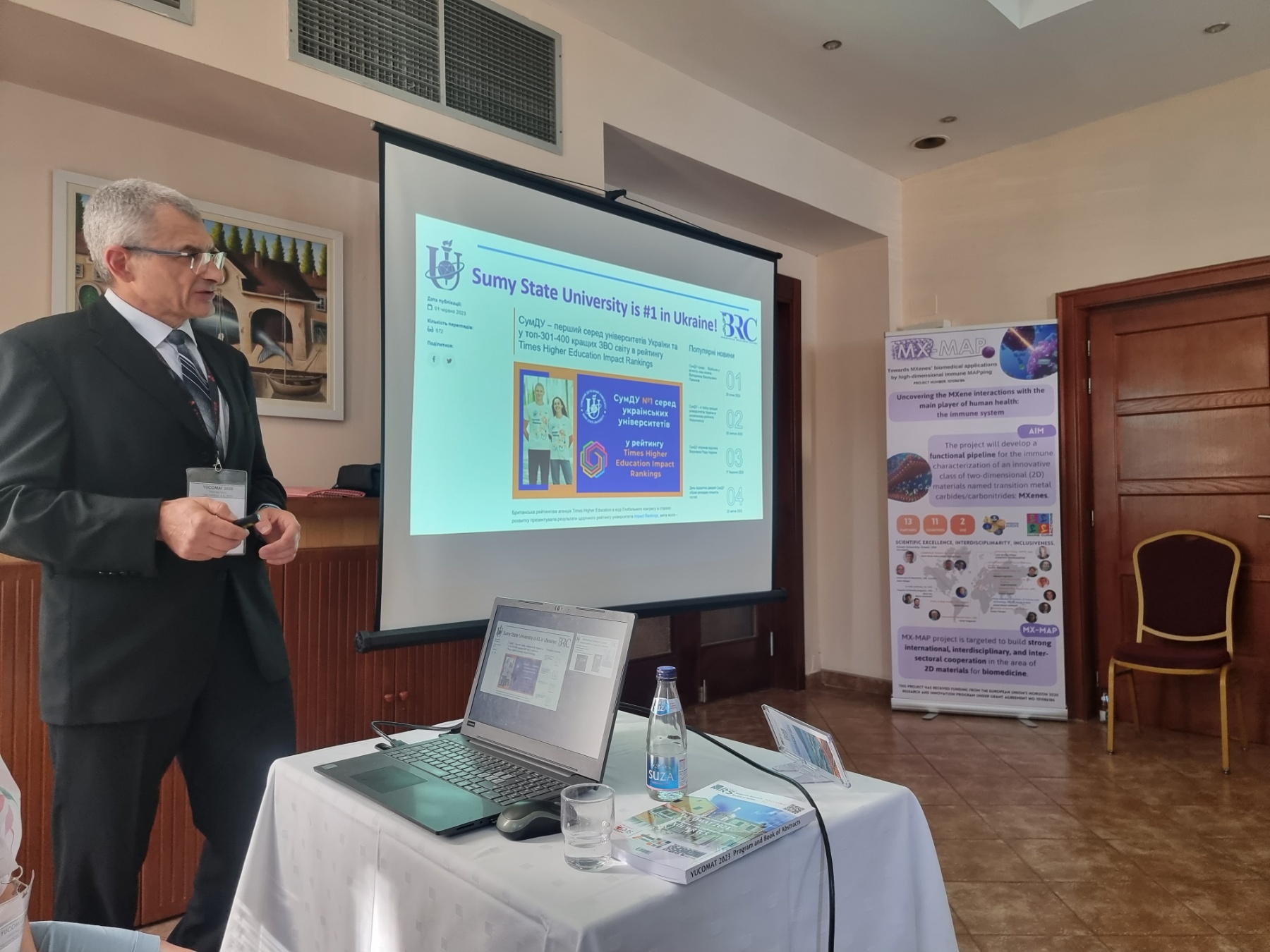
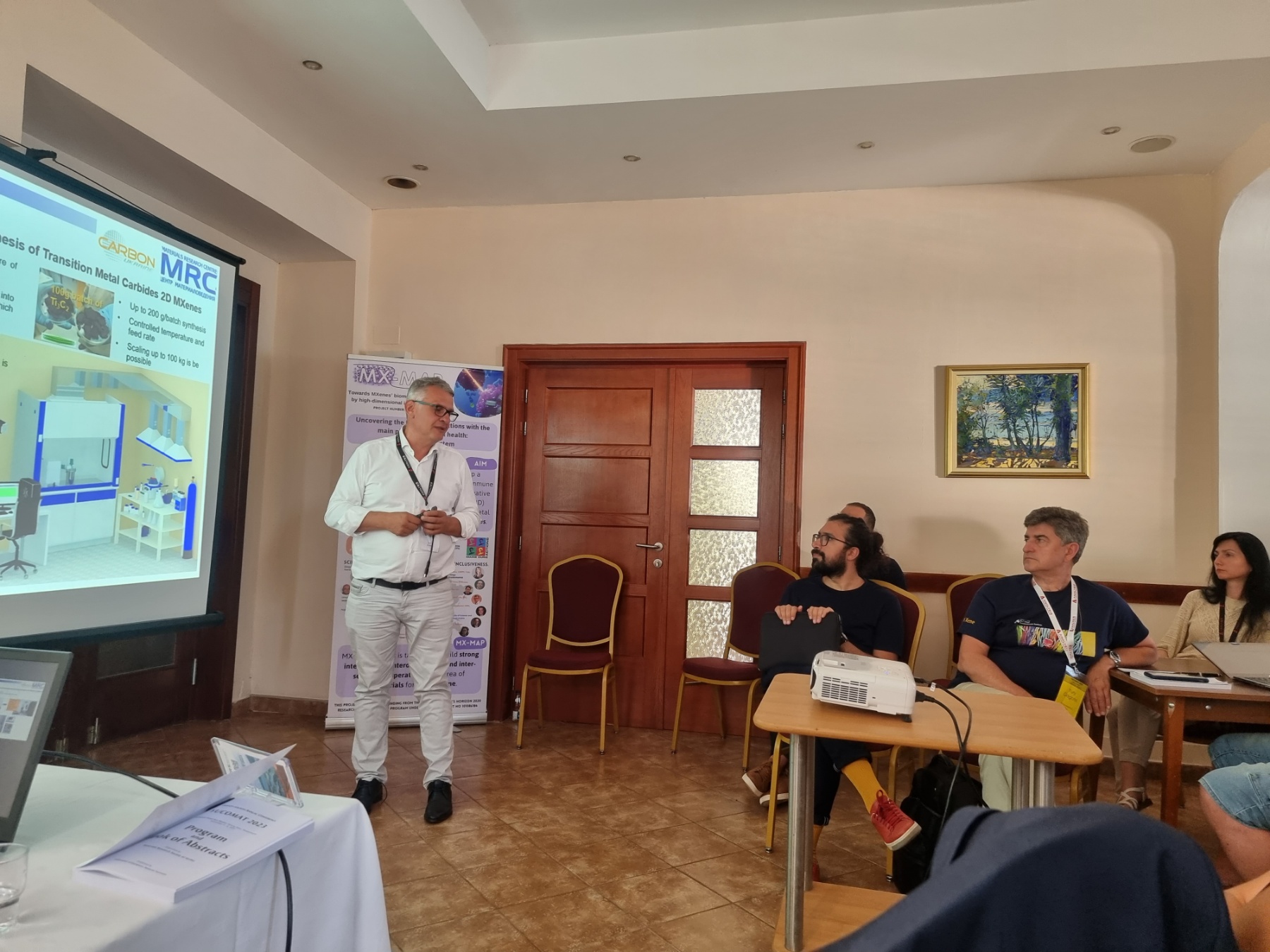
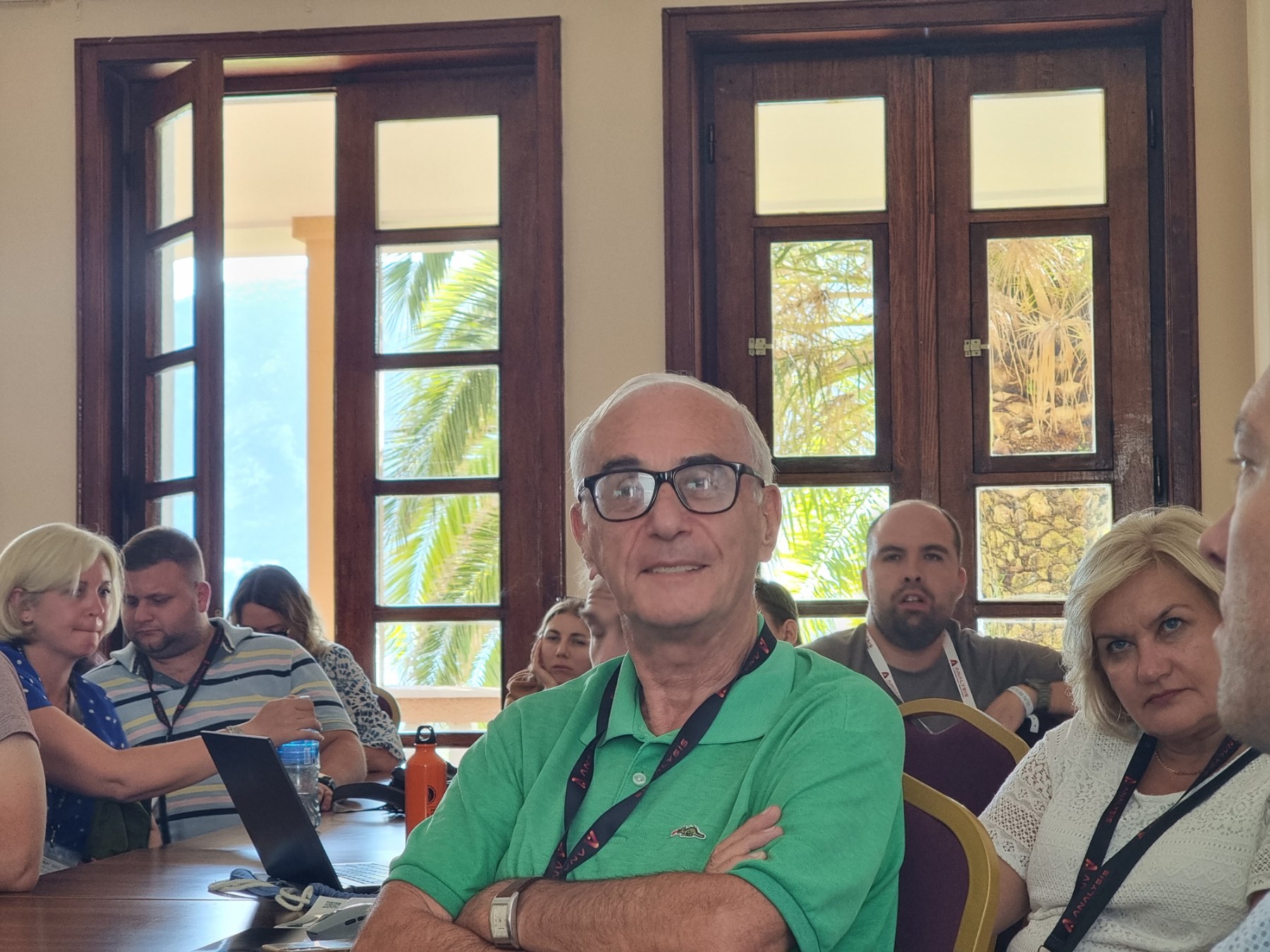



 MXenes potential applications include sensors, wound healing materials, and drug delivery systems. A recent study explored how different synthesis methods affect the safety and performance of MXenes. By comparing etching conditions and intercalation strategies, researchers discovered that fine-tuning the surface chemistry of MXenes plays a crucial role in improving biocompatibility. These results provide practical guidelines for developing safer MXenes and bring the field one step closer to real biomedical applications.
MXenes potential applications include sensors, wound healing materials, and drug delivery systems. A recent study explored how different synthesis methods affect the safety and performance of MXenes. By comparing etching conditions and intercalation strategies, researchers discovered that fine-tuning the surface chemistry of MXenes plays a crucial role in improving biocompatibility. These results provide practical guidelines for developing safer MXenes and bring the field one step closer to real biomedical applications.
 Exellent news, our joint patent application with Drexel University on highly porous MAX phase precursor for MXene synthesis published. Congratulations and thanks to all team involved!
Exellent news, our joint patent application with Drexel University on highly porous MAX phase precursor for MXene synthesis published. Congratulations and thanks to all team involved! Last Call! Have you submitted your abstract for IEEE NAP-2025 yet? Join us at the International Symposium on "The MXene Frontier: Transformative Nanomaterials Shaping the Future" – the largest MXene-focused conference in Europe this year! Final Submission Deadline: May 15, 2025. Don’t miss this exclusive opportunity to showcase your research and engage with world leaders in the MXene field!
Last Call! Have you submitted your abstract for IEEE NAP-2025 yet? Join us at the International Symposium on "The MXene Frontier: Transformative Nanomaterials Shaping the Future" – the largest MXene-focused conference in Europe this year! Final Submission Deadline: May 15, 2025. Don’t miss this exclusive opportunity to showcase your research and engage with world leaders in the MXene field! We are excited to announce the publication of latest review article on MXenes in Healthcare. This comprehensive review explores the groundbreaking role of MXenes—an emerging class of 2D materials—in revolutionizing the fields of medical diagnostics and therapeutics. Read the full article here: https://doi.org/10.1039/D4NR04853A.
We are excited to announce the publication of latest review article on MXenes in Healthcare. This comprehensive review explores the groundbreaking role of MXenes—an emerging class of 2D materials—in revolutionizing the fields of medical diagnostics and therapeutics. Read the full article here: https://doi.org/10.1039/D4NR04853A. Congratulations and thank you to our collaborators from TU Wien and CEST for very interesting work and making it published! In this work, an upscalable electrochemical MXene synthesis is presented. Yields of up to 60% electrochemical MXene (EC-MXene) with no byproducts from a single exfoliation cycle are achieved.
Congratulations and thank you to our collaborators from TU Wien and CEST for very interesting work and making it published! In this work, an upscalable electrochemical MXene synthesis is presented. Yields of up to 60% electrochemical MXene (EC-MXene) with no byproducts from a single exfoliation cycle are achieved. Congratulations to all collaborators with this interesting joint work!
Congratulations to all collaborators with this interesting joint work!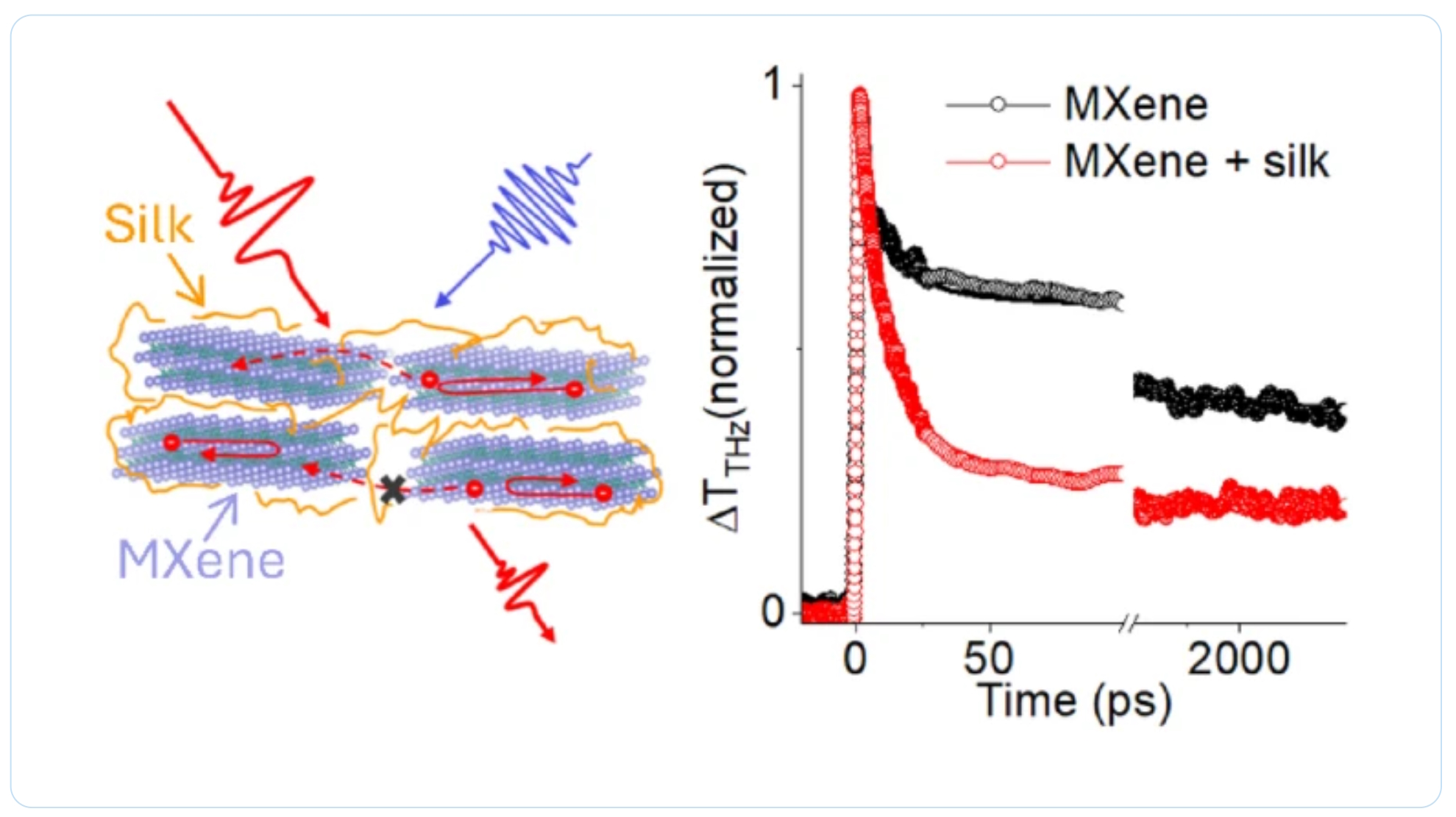 Thank you to our collaborators for the amazing joint work recently published in Graphene and 2D Nanomaterials about MXene–silk fibroin composite films aiming to develop materials with tunable electronic and thermal properties
Thank you to our collaborators for the amazing joint work recently published in Graphene and 2D Nanomaterials about MXene–silk fibroin composite films aiming to develop materials with tunable electronic and thermal properties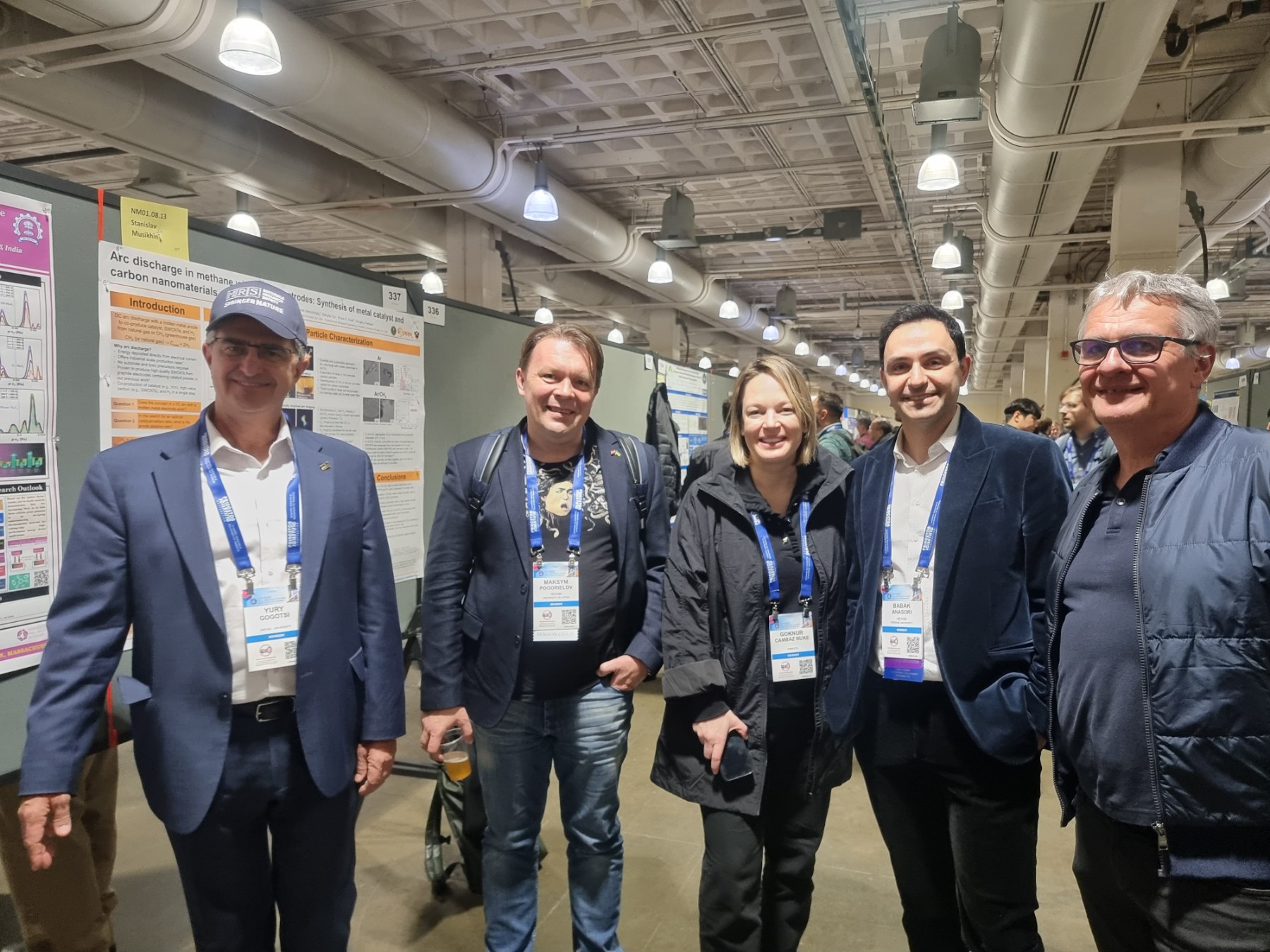 Dr. Oleksiy Gogotsi, director of MRC and Carbon-Ukraine, innovative companies that are among the leaders on the world MXene market, visited 2024 MRS Fall Meeting & Exhibit. together with Dr. Maksym Pogorielov, Head of Advanced Biomaterials and Biophysics Laboratory, University of Latvia.
Dr. Oleksiy Gogotsi, director of MRC and Carbon-Ukraine, innovative companies that are among the leaders on the world MXene market, visited 2024 MRS Fall Meeting & Exhibit. together with Dr. Maksym Pogorielov, Head of Advanced Biomaterials and Biophysics Laboratory, University of Latvia.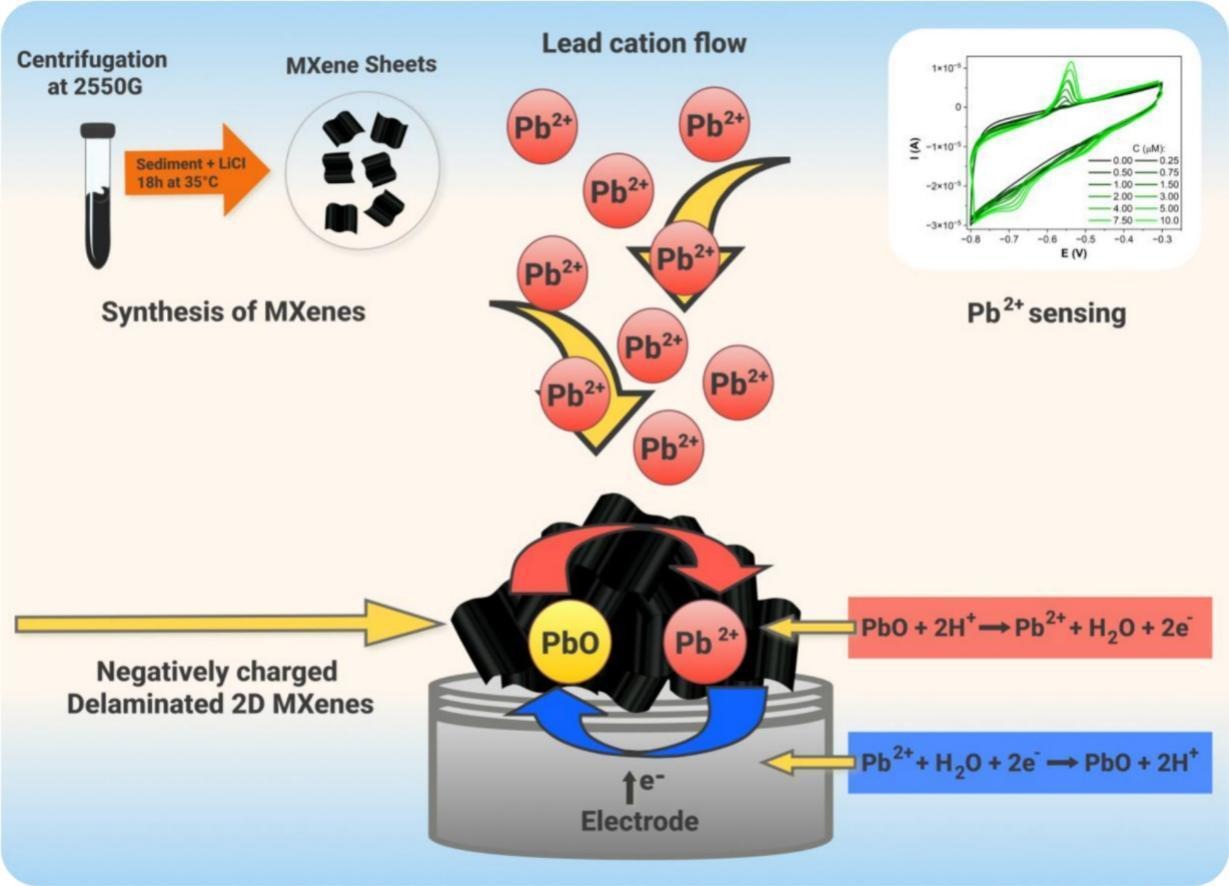
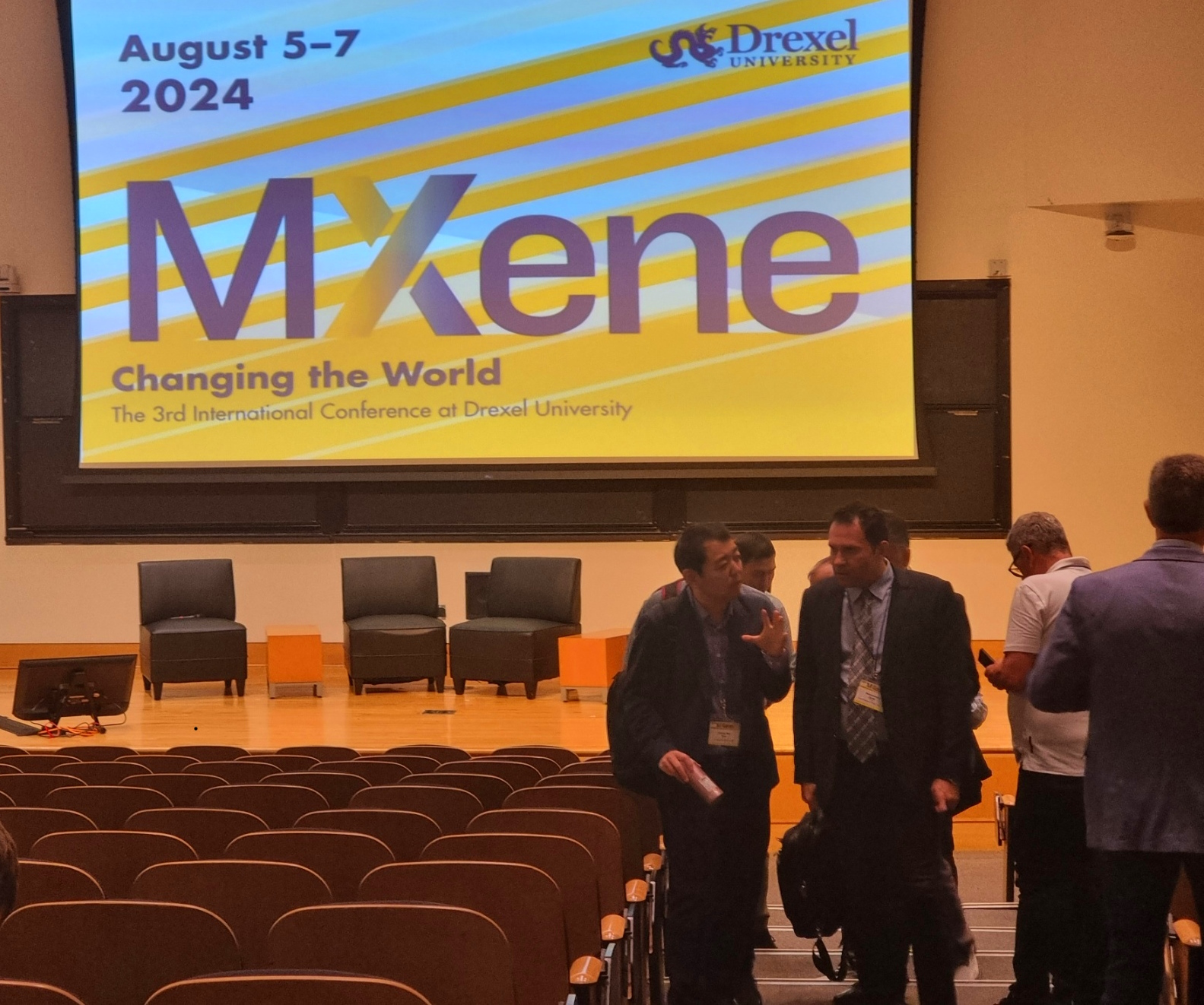 MRC and Carbon-Ukraine team visited the 3rd International MXene conference held at Drexel University on August 5-8, 2024. Conference brought together the best reserchers and leading experts on MXene field.
MRC and Carbon-Ukraine team visited the 3rd International MXene conference held at Drexel University on August 5-8, 2024. Conference brought together the best reserchers and leading experts on MXene field. 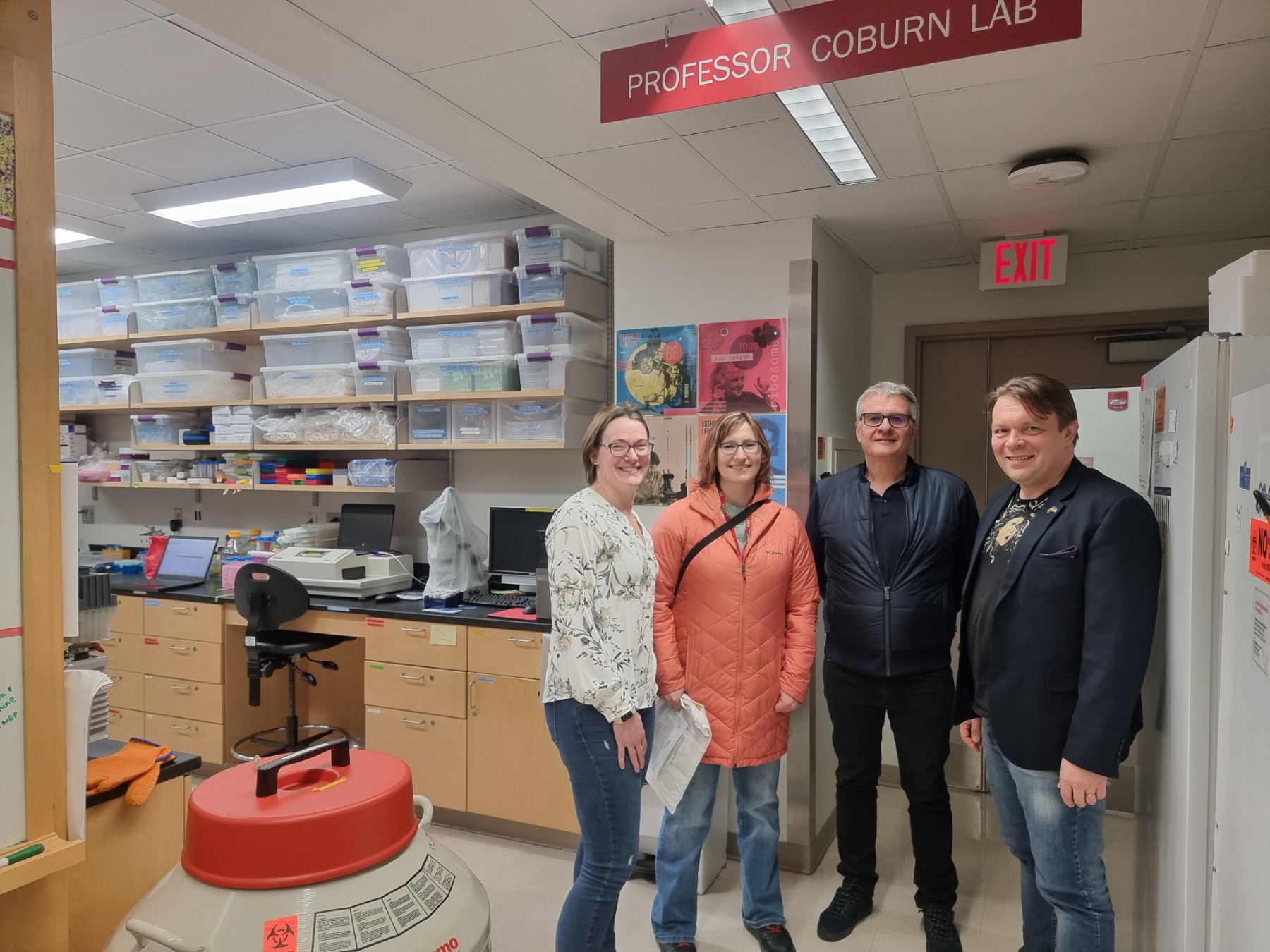
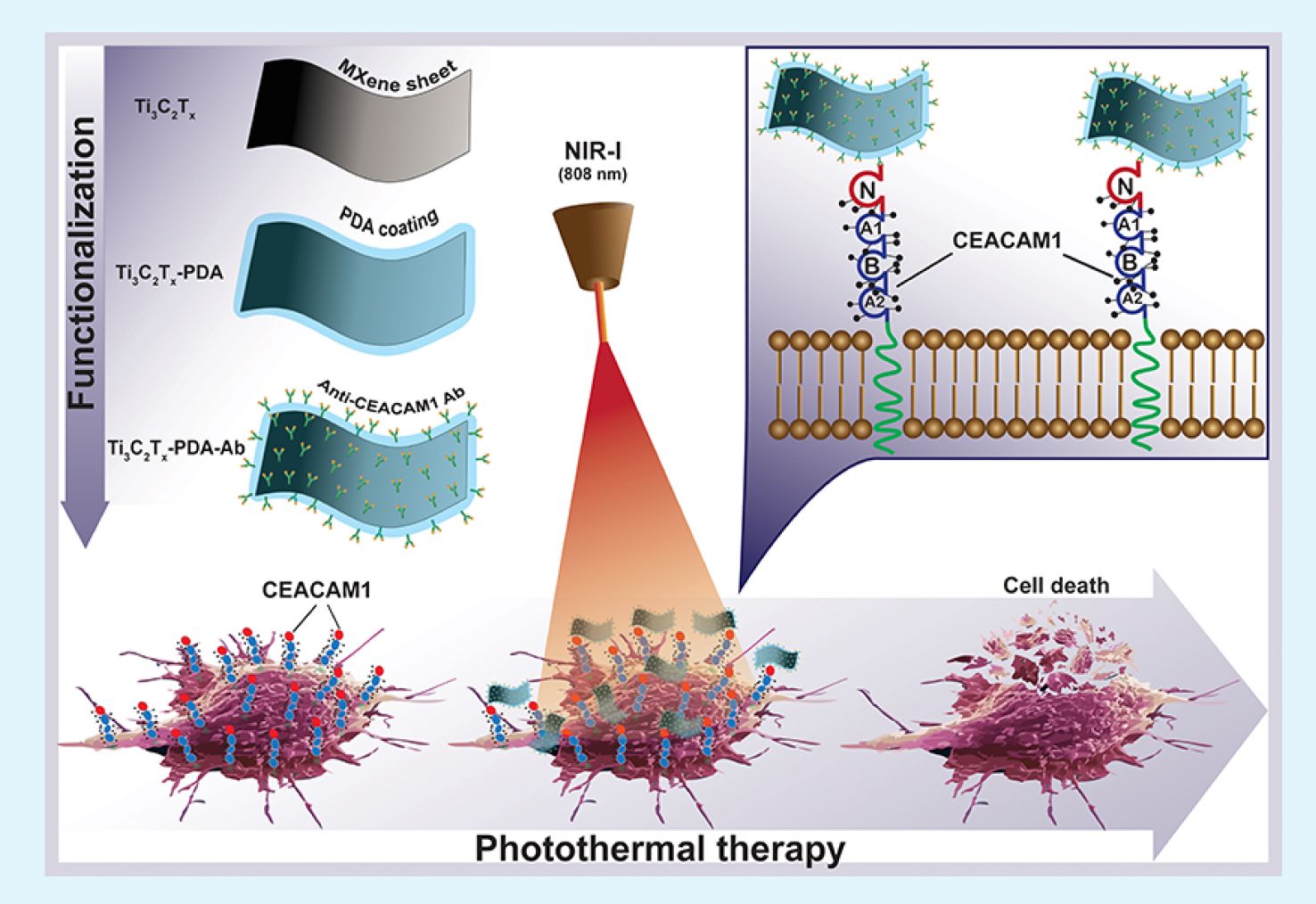 Together with colleagues from the University of Latvia, MRC/Carbone Ukraine, Adam Mickiewicz University, University Clinic Essen, and others, we have developed a novel concept involving the binding of antibodies to MXenes. In our research, we utilized anti-CEACAM1 antibodies to develop targeted photo-thermal therapy for melanoma (in vitro), paving the way for future in vivo studies and clinical trials. For the first time, we demonstrate the feasibility of delivering MXenes specifically targeted to melanoma cells, enabling the effective ablation of cancer cells under near-infrared (NIR) light. This new technique opens up vast potential for the application of MXenes in cancer treatment, diagnostics, drug delivery, and many other medical purposes.
Together with colleagues from the University of Latvia, MRC/Carbone Ukraine, Adam Mickiewicz University, University Clinic Essen, and others, we have developed a novel concept involving the binding of antibodies to MXenes. In our research, we utilized anti-CEACAM1 antibodies to develop targeted photo-thermal therapy for melanoma (in vitro), paving the way for future in vivo studies and clinical trials. For the first time, we demonstrate the feasibility of delivering MXenes specifically targeted to melanoma cells, enabling the effective ablation of cancer cells under near-infrared (NIR) light. This new technique opens up vast potential for the application of MXenes in cancer treatment, diagnostics, drug delivery, and many other medical purposes.